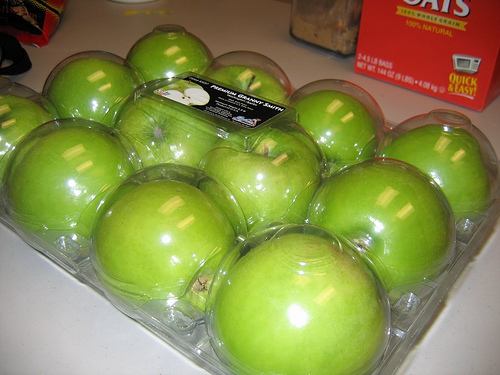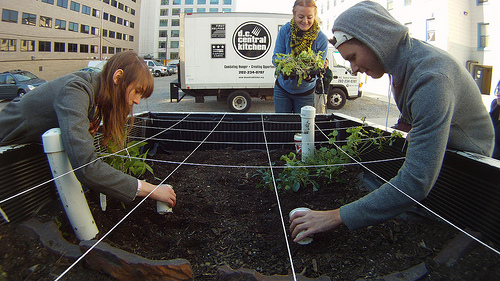Food and sustainability are important for developing countries, but food waste has always been a problem.
Forty percent of food in the United States is wasted each year, according to the 2012 NRDC Livestock Report to Fork to TPA. This means that Americans waste an estimated $165 billion on food – from spoiled produce to uneaten leftovers – making the US one of the biggest causes of food waste.
photo credit: jbloom
But that’s not all. In addition to solid waste contributing tons of greenhouse gases, food production companies waste energy and environmental resources used to grow food.
Good news
Fortunately, the US government is getting serious about reducing food waste starting this year, as evidenced by this US Food Waste Challenge. Here are other efforts that have been made by food companies to reduce food waste.
Cooling Effect
Products last longer when stored in a cool environment. Long days in the hot sun at harvest and even longer truck trips to the grocery store can result in fruits and vegetables that need to be eaten right away. With the development of refrigeration, perishable goods can remain at ideal temperatures along the production chain, from the field to the store, providing a longer shelf life and ultimately reducing food waste.
Protective Packaging

photo credit: jpstanley
Fragile fruits and vegetables benefit from packaging that prevents bruising and rotting. Strawberries are packed in the field so they don’t get damaged when they’re loaded onto trucks. The packing shed picks up the fruit from a mobile chute that protects the fruit as it rolls along the production line. Ready-to-use salad mixes are packaged in plastic bags which keep the atmosphere inside under control to extend the life of the lettuce. Even wax helps produce stay fresh longer, helping more end up on the counter and ending up less in the trash.
Creative Processing
Much of the reduction in food waste is due to the fact that food companies are now taking control of where that food ends up. For example, customers who buy broccoli often eat only the florets, discarding the stems. Some companies are starting to remove the stalks before selling the product, using the oft-overlooked stubble in their coleslaw mixes.
Companies that slice and dice their products before shipping them to consumers make better use of waste materials than restaurants and home consumers are likely to do. For example, Gill Onions in California supplies shallots to various companies. However, the onion was pre-chopped. Gills can use the discarded onions and skins into methane, which is then burned to power onion processing plants.
What we can do?

photo credit: USDAgov
Of course, consumers can always take steps to reduce food waste themselves. Becoming environmentally and socially aware is a start. If we eat what we sow, we can create socially responsible food and a sustainable production environment.
Another way to reduce food waste is to buy only what we know we will eat, store perishables properly, and compost accordingly. When large scale companies and individuals work together, food waste is reduced and sustainability in the food industry achievable.








